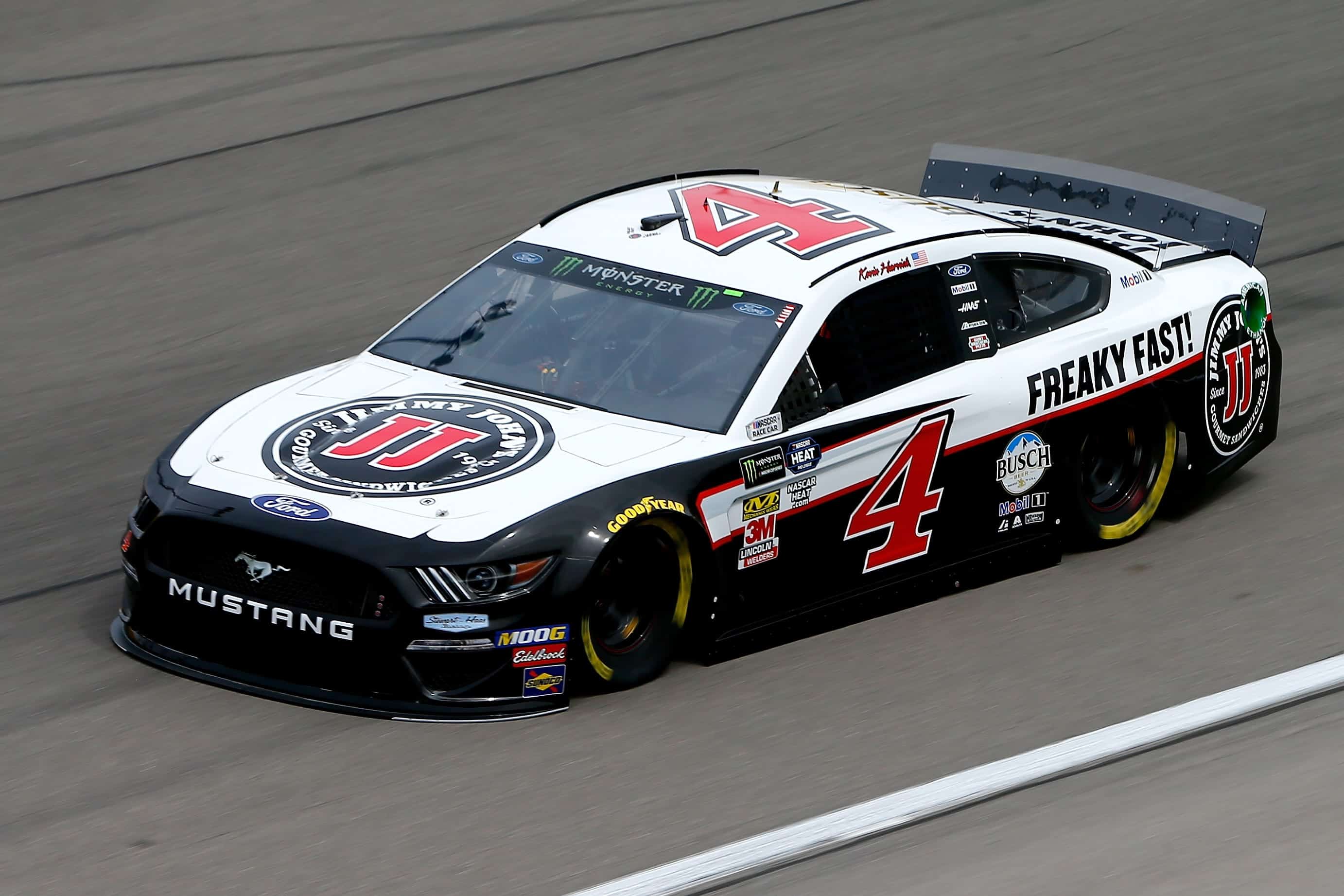
Martinsville Race Track in Virginia hosts the NASCAR Cup Series racetrack. The Xfinity 500 NASCAR race is held in the fall. It is the oldest. The race is held every year since 1949 when it was the sixth race on the series' inaugural season. These are some facts about the race.
NASCAR Cup Series races
Martinsville's race track has a long history of success in NASCAR Cup Series events. 56 drivers have won the checkered ribbon in 147 races at this track. This race track is considered one of the best tracks in the country for fans of this series. It is a popular choice for race fans because of its modern facilities and ambiance.
Martinsville Speedway hosts the Blue-Emu Maximum Pain Relief 400, a 400-lap event. The race can be seen live on FS1 or SiriusXM NASCAR radio. The race is divided into three stages. The first stage consists of 80 laps. Next, there is a 100-lap stage followed by a final stage that consists of 220 laps. Friday, April 8th, at 4:30 PM, the action will start at Martinsville racetrack. ET. Busch Light Pole Qualifying.

NASCAR Camping World Truck Series races
The United Rentals 200 NASCAR Camping World Truck Series Race is held at Martinsville Speedway. It is Martinsville's first fall Truck Series event since the Kroger 250, which was held in the spring of 1999, was moved to Martinsville Speedway. The race features a field of 32 trucks.
Kaden Honeycutt hails originally from Aledo Texas. His NASCAR Camping World Truck Series debut will be at Martinsville on April 6, 2022. He will be driving the No. 46 truck for G2G Racing team owner Tim Viens. Honeycutt was active in the Friends of Jaclyn Foundation. This foundation uses motorsports to help raise awareness for children with pediatric cancer.
NASCAR Whelen Modified Tour races
Martinsville, Virginia is where you will find the Martinsville Race Track. On July 4, 1948, the track hosted its inaugural NASCAR racing race. From 1960 to 1984, it was the site of the National Modified Championship. The track continued to host races from the Whelen Modified Tour from 1985 to 2002 and from 2005 to 2010. The track will host two more races in the Whelen Modified Tour 2011.
This track also hosts several other races throughout the year. In addition to the Whelen Modified Tour, the track also hosts the Granite State Pro Stock Series, NEMA Lites, New England Pro 4 Modifieds, NHSTRA Mini Stocks, and the National Endurance Series.

Late model races
Martinsville's race track hosts stock car races. It's located just south from Martinsville, Virginia. The NASCAR Cup Series' shortest track measures just 0.526 mile. Martinsville's race track attracts a lot of people despite being short.
This track hosts several events each year, including two NASCAR Cup Series races. The Blue-Emu Maximum Pain Relief 400 will be the first night race of the 2022 season. The Xfinity 500 will also return to the track.
FAQ
How do race car drivers prepare themselves for a race?
Before a race, most race car drivers spend time warming up their engines.
This involves running their engines over a period of time.
When they're ready they can begin the race.
Which country has the most car races?
USA - Over 100 countries hold car racing. USA holds over 300 car races each year.
Who was the first to race a car?
Charles Brady King was the inventor of this racecourse, which was built in Long Island, New York in 1896. The first auto race took place on July 4th that same year.
Statistics
- According to AutoSport, IndyCar's top speeds are 380km/h or 236 mph. (motorbiscuit.com)
- According to FormulaMoney, the design, development, and construction of chassis and engines can cost teams as much as $255 million annually. (businessinsider.com)
- In 2009, the slick tires returned as a part of revisions to the rules for the 2009 season; slicks have no grooves and give up to 18% more contact with the track. (en.wikipedia.org)
- According to Toyota, the 390-hp-plus 2019 Yaris WRC runs out of gearing after 124 mph, 19 mph less than the crazy Yaris GR that's currently sitting on dealer lots outside of the U.S. BONUS: (motortrend.com)
- According to thepostgame.com, “The Daytona 500 is one of four ‘restrictor plate' races on NASCAR's calendar, given both safety and competitive concerns for the long track and its famous 31-degree banking in its four corners.” (defensivedriving.com)
External Links
How To
How to corner fast
You want to make your car move faster during a race. This means that you must turn before everyone else. Doing this correctly will cause everyone to brake, as they won't know what is ahead. You can also avoid collisions with cars coming in different directions. How can you corner fast?
First, understand where you are going. If you don’t know where your destination is, you might end up in a completely new place. Plan carefully. A map of your route is a great way to see where you are heading at any time. It may seem like a lot of work but once you have a good idea of the route you are trying to take, you will be able to save yourself a lot later.
Next, decide when you want to turn. It's best to begin after passing the first corner. Once you've passed the first corner, you'll know exactly where you're starting from. The next step is to decide if you want to use the outside or inside lane.
If you plan to use the inside lane, wait until there is no traffic ahead of you. This will allow you to move fast and avoid hitting anyone. Once you've entered the inside lane, it is important to stay there. Do not allow yourself to drift back into the outside lanes. If you do, you could easily hit someone still moving slowly. Be aware that crossing the line that divides the two lanes will cause you to lose control of your vehicle, and you could be in danger of being hit by someone else.
Once you've decided which lane you're going to use, you need to pick a spot to turn. There are many ways to approach this problem. Some people prefer to look for a gap in traffic. Others try to find a clear opening in the road. Others still look for a point at which the road curves round a hill or mountain. It doesn't really matter which route you take, just make sure you don’t block the whole road. If you do, then you'll end up causing traffic jams all across town.
Once you have decided where you want to turn, it is time to decide if you'll make a sharp right or a gradual left. A sharper turn can be more challenging than a slow one. But it is more difficult and requires more energy. You may also find it difficult to control your car correctly. This is why most drivers prefer gradual turns.
The final thing you should do is accelerate enough to get away from the car in front. Too fast and you will crash into the bumper of the vehicle in front. And accelerating too late will cause you to run off the road. You could lose control of the car and cause a crash. Accelerating slowly is the best way to avoid this. Begin with very low acceleration and gradually increase it as you approach the edge of the road.
When you've finished cornering, you need to slow down immediately. This is especially important when you're driving through heavy traffic. You risk running over someone else.